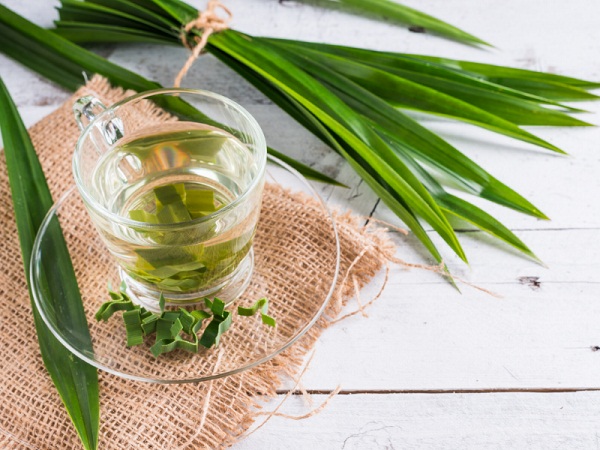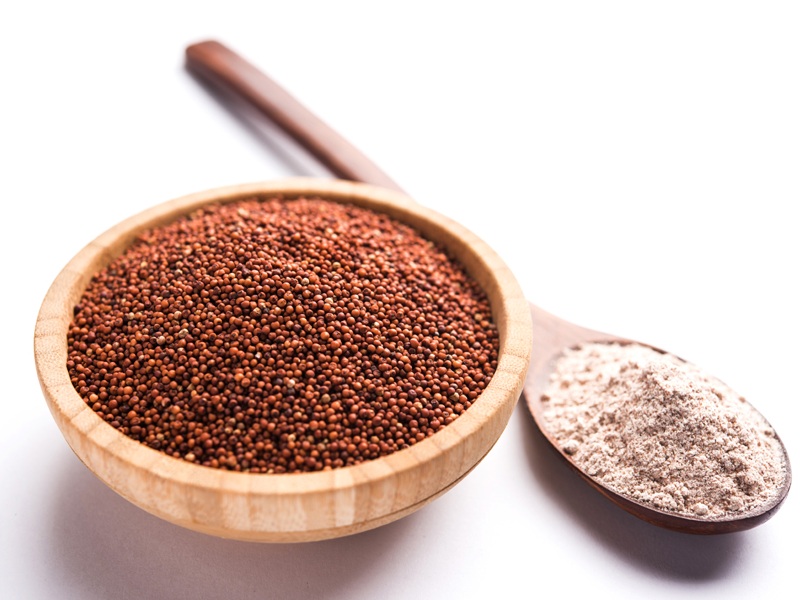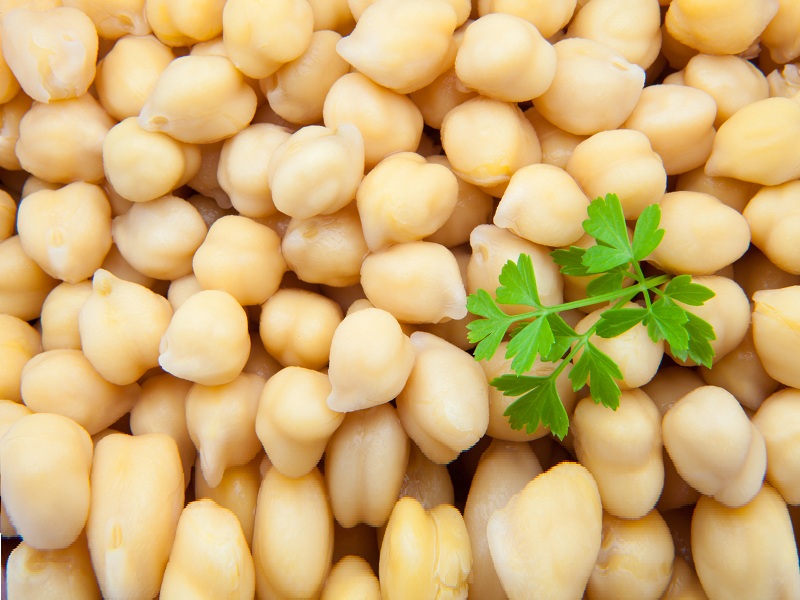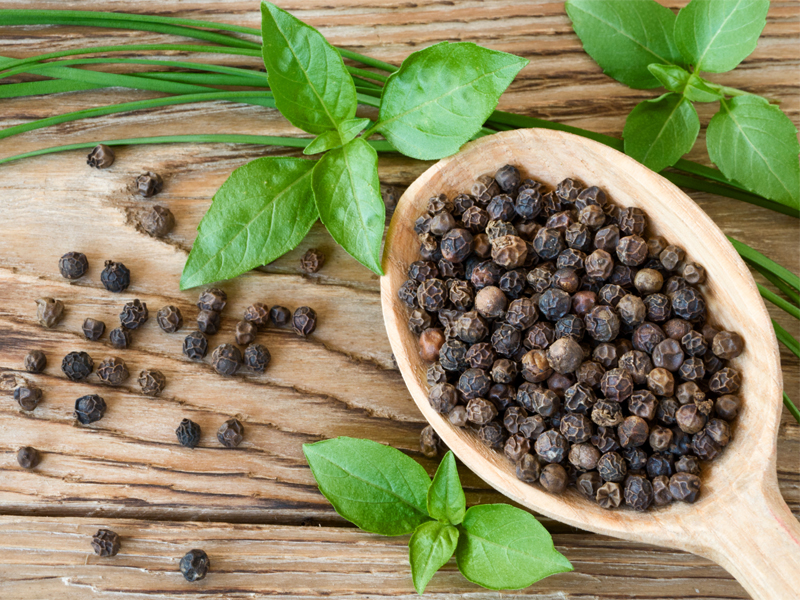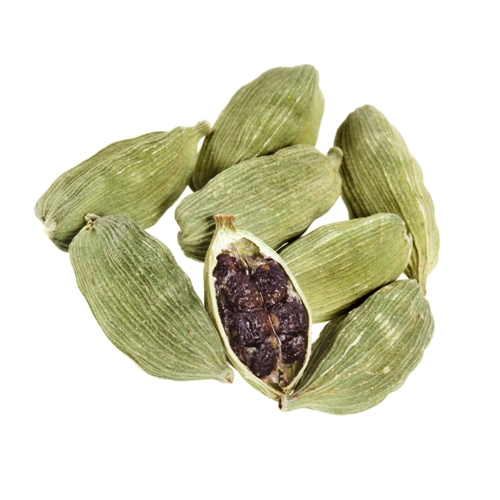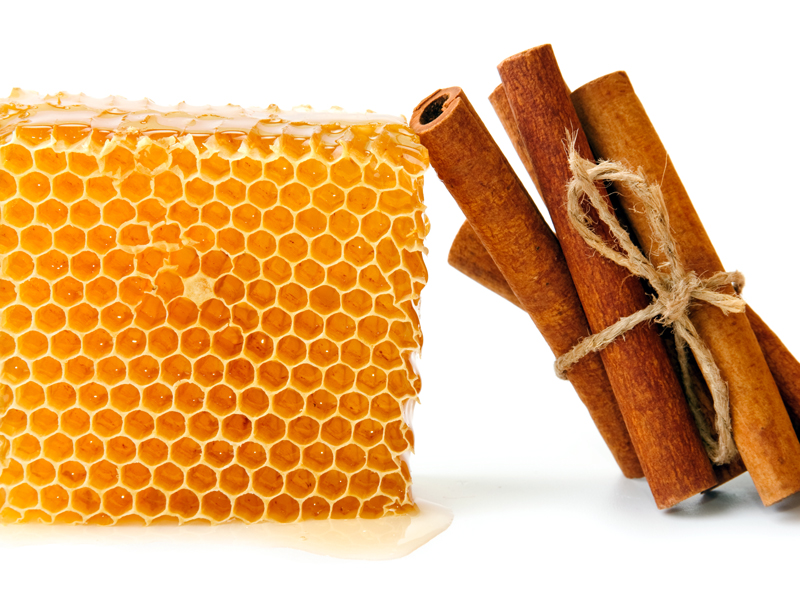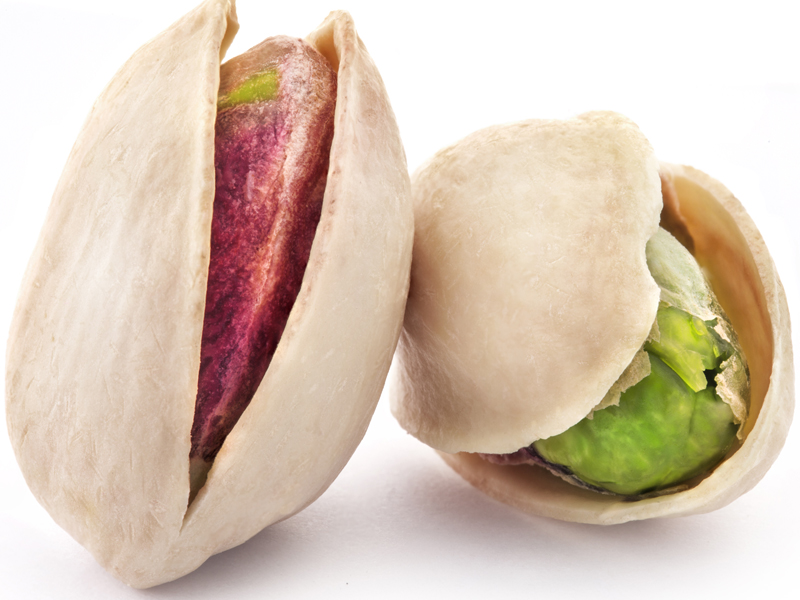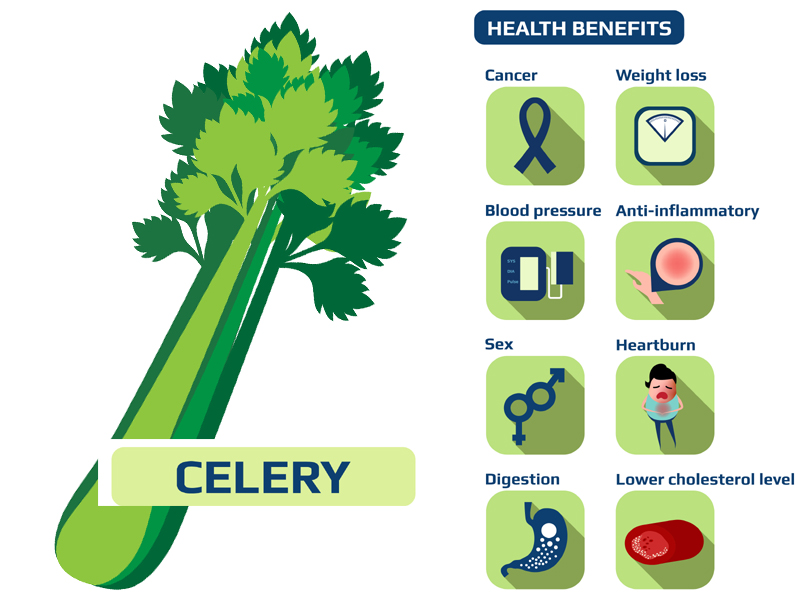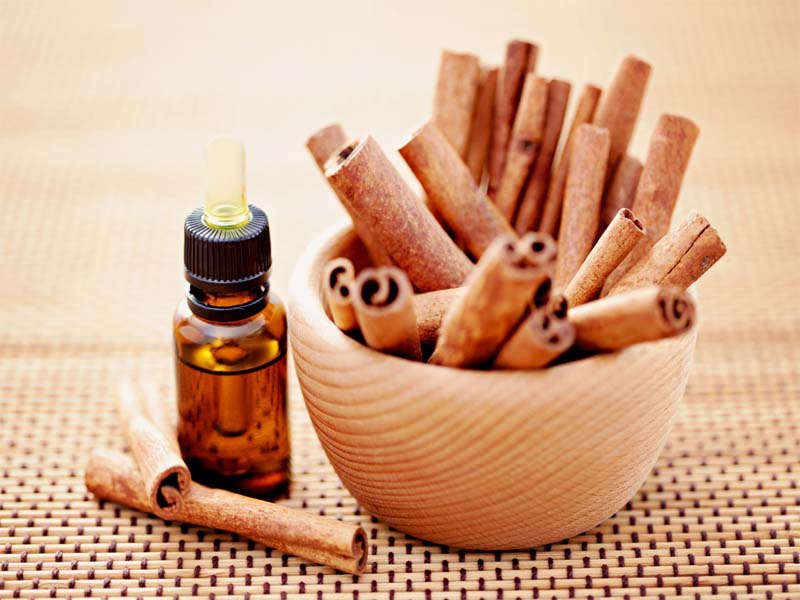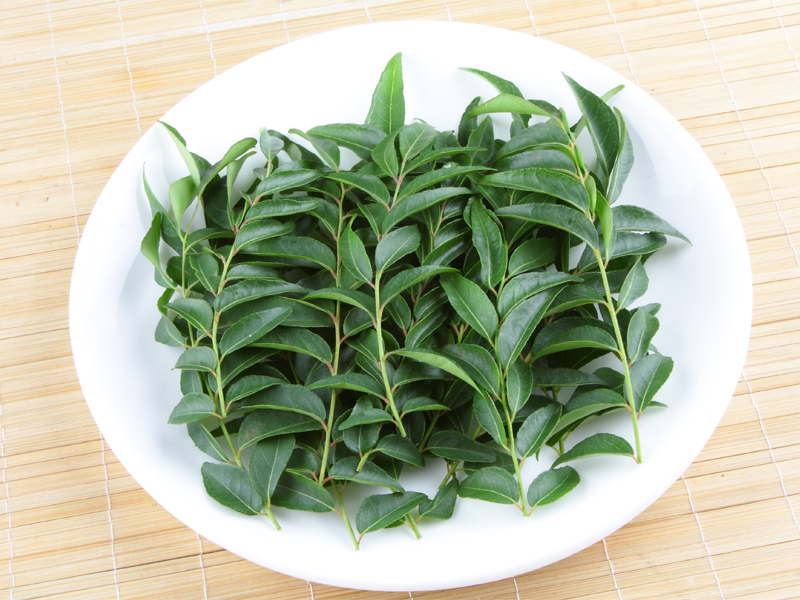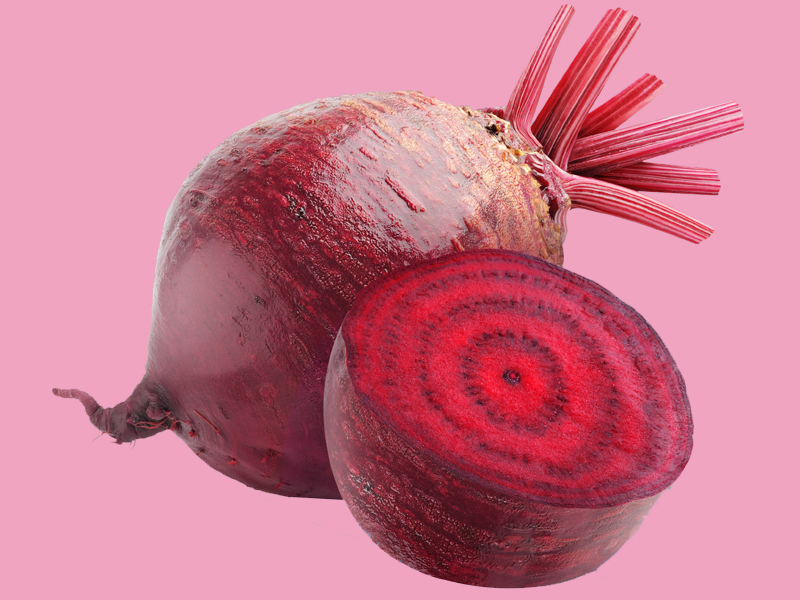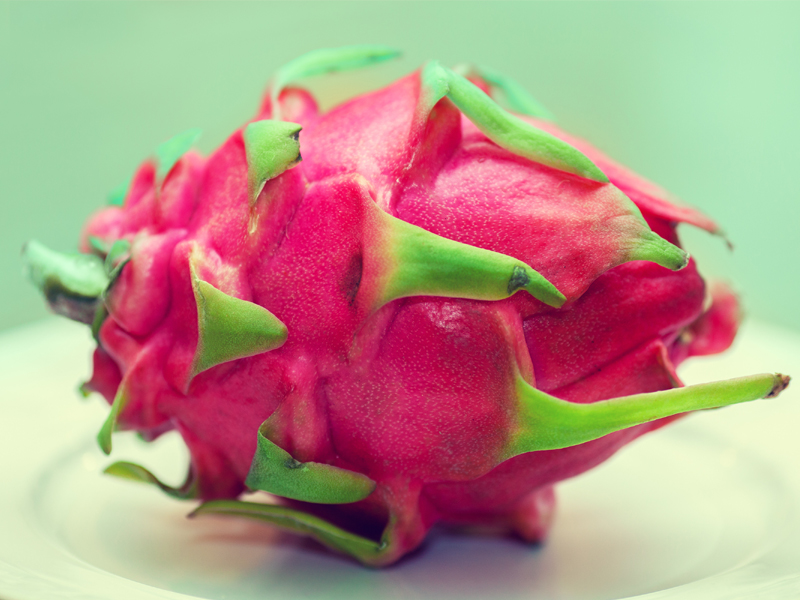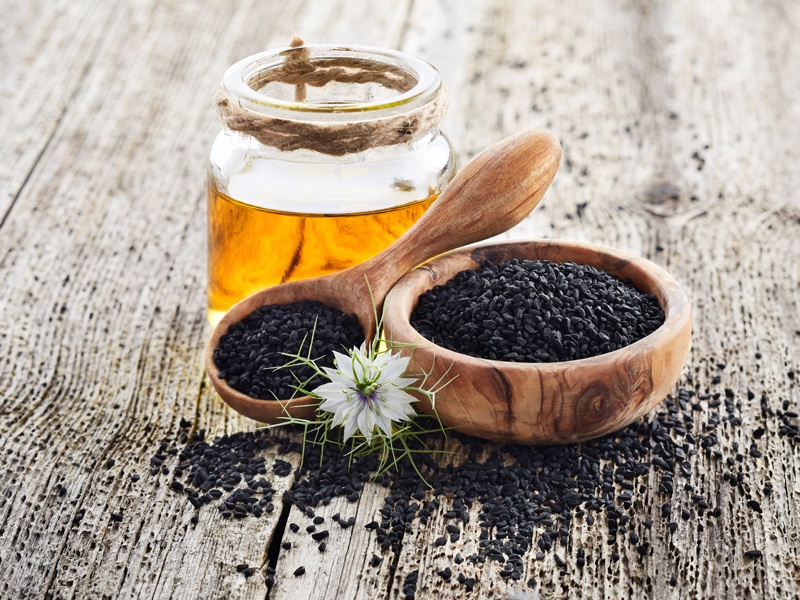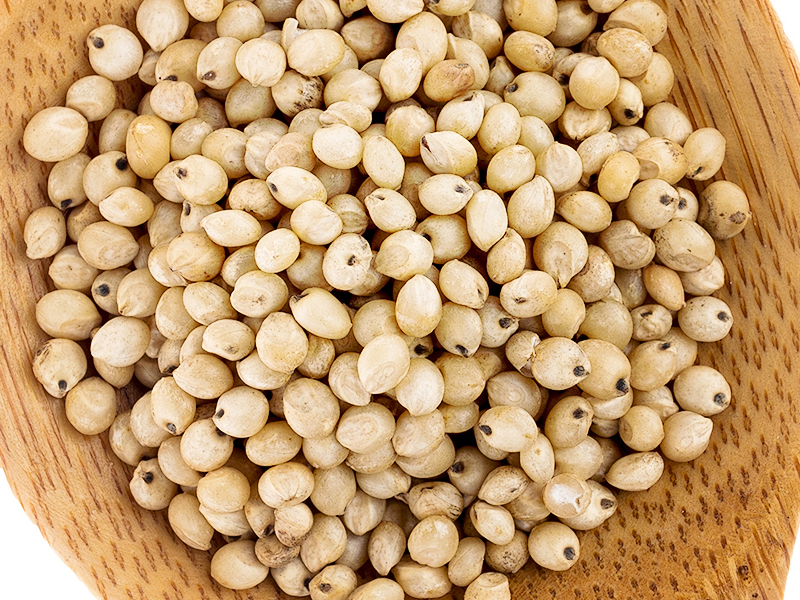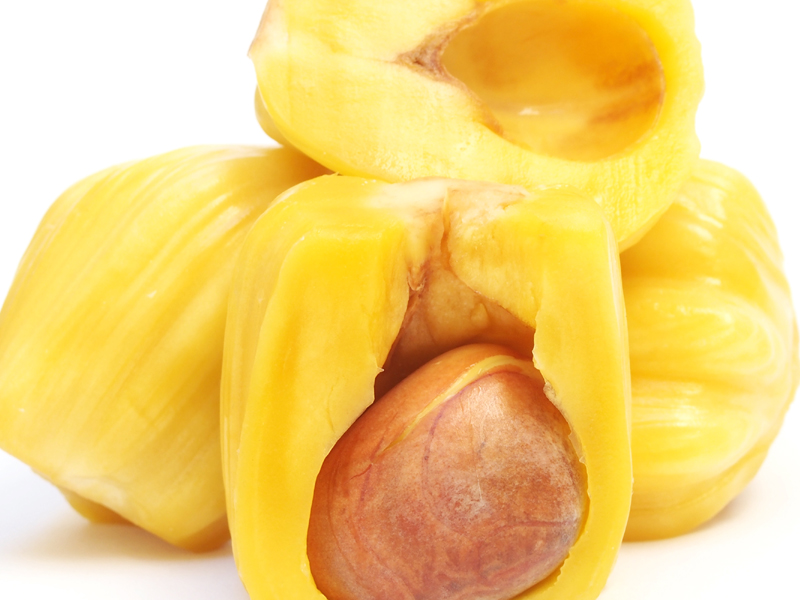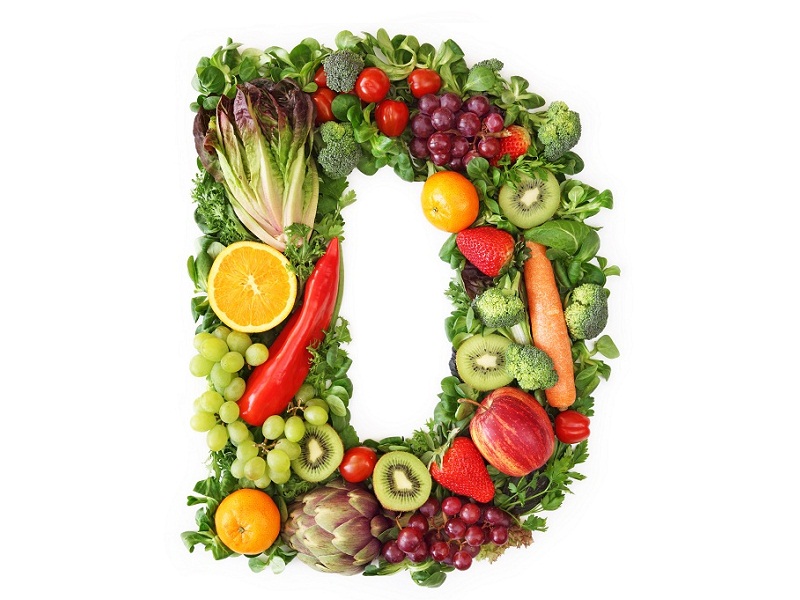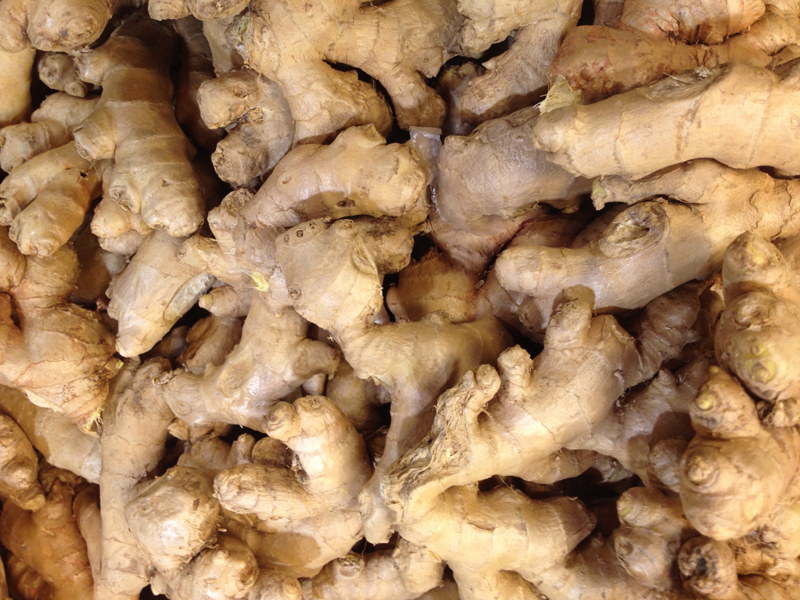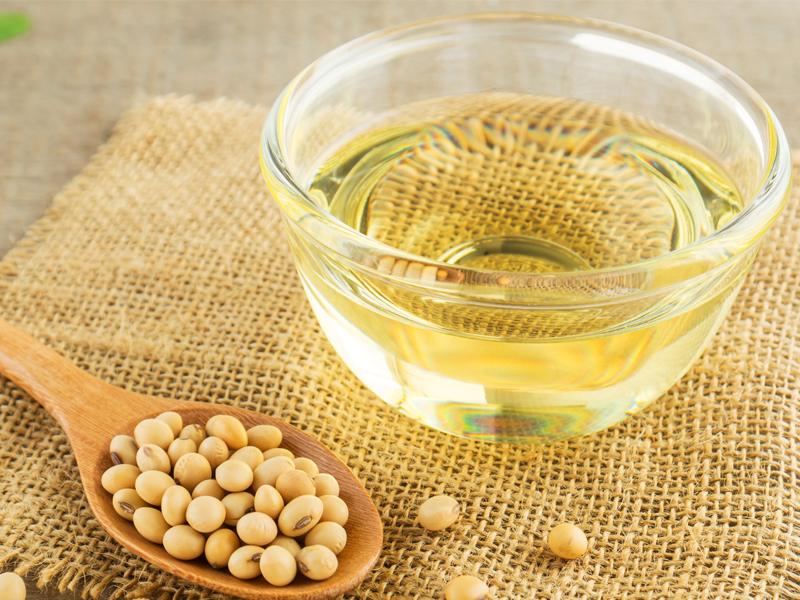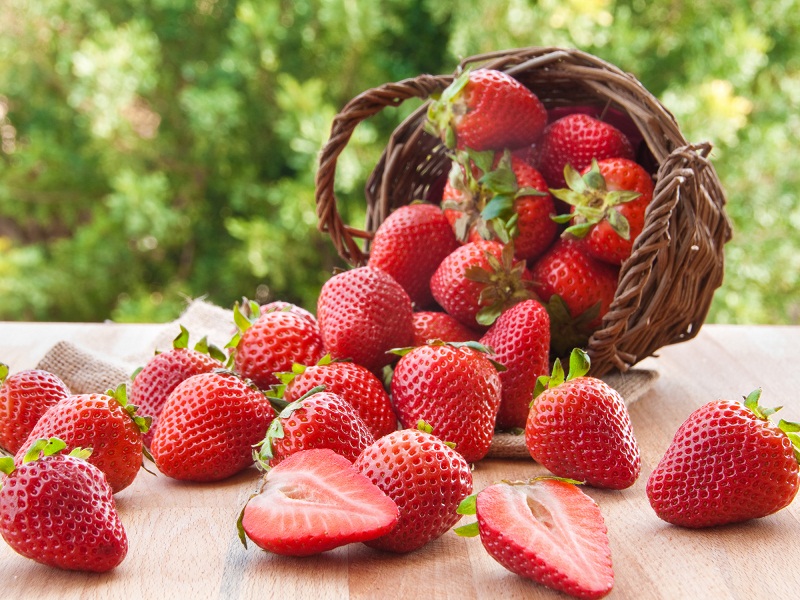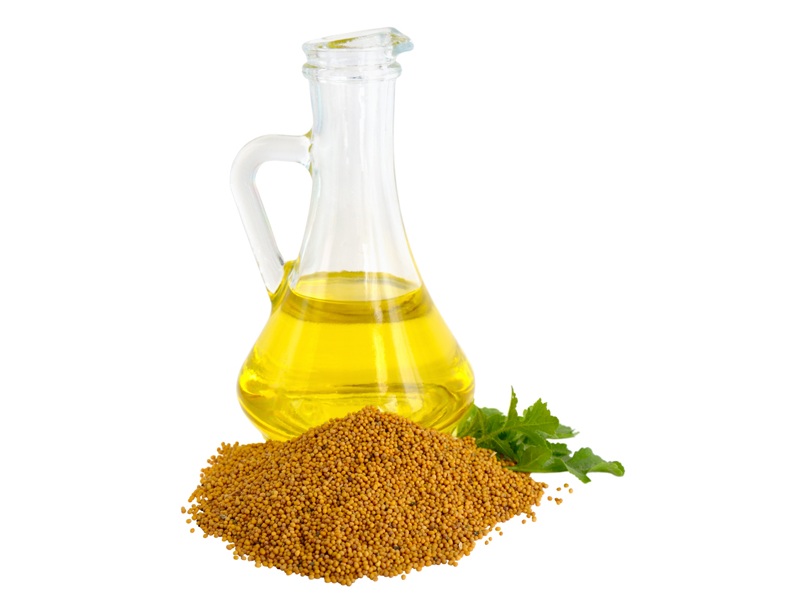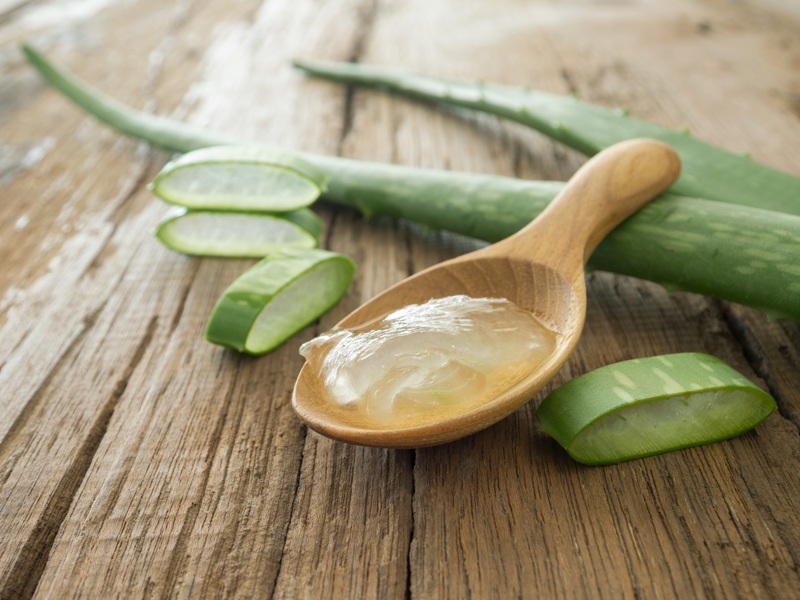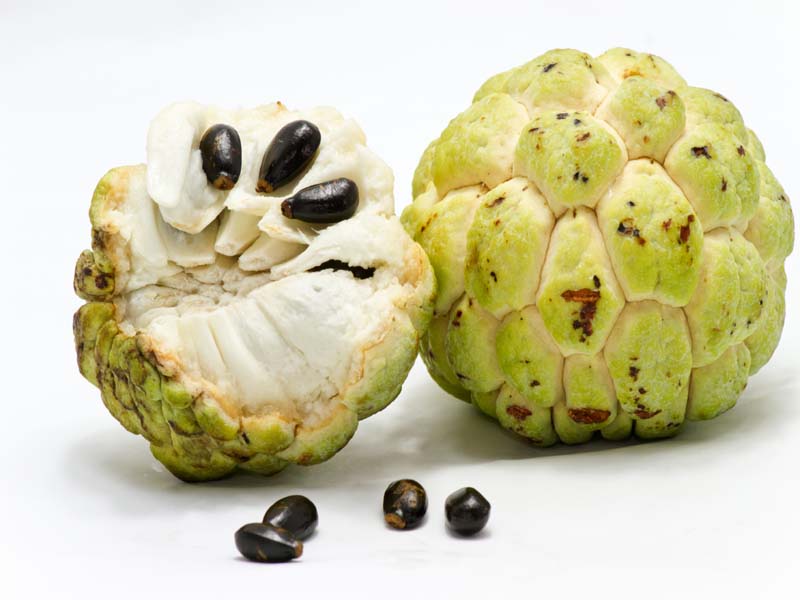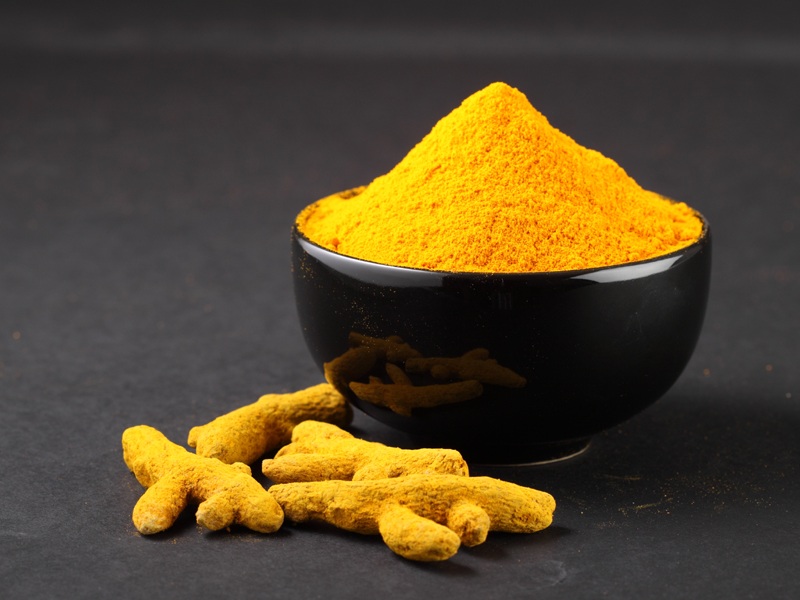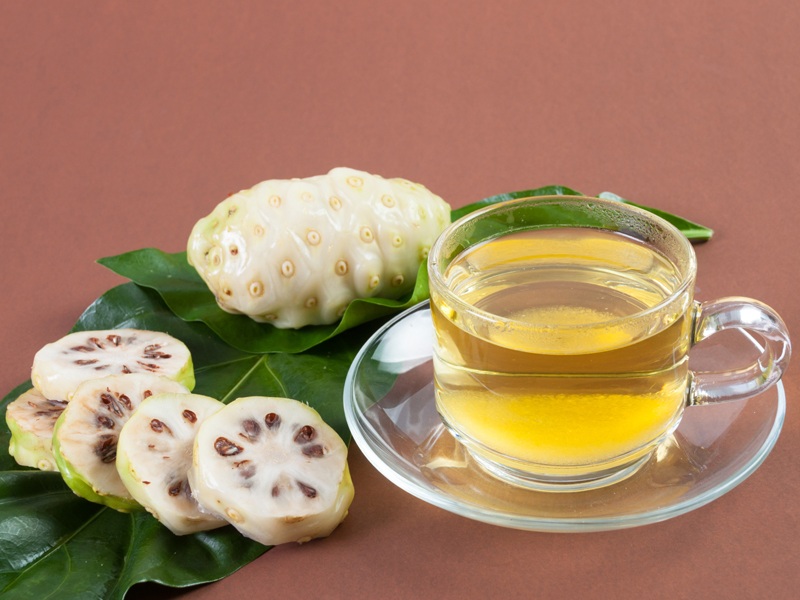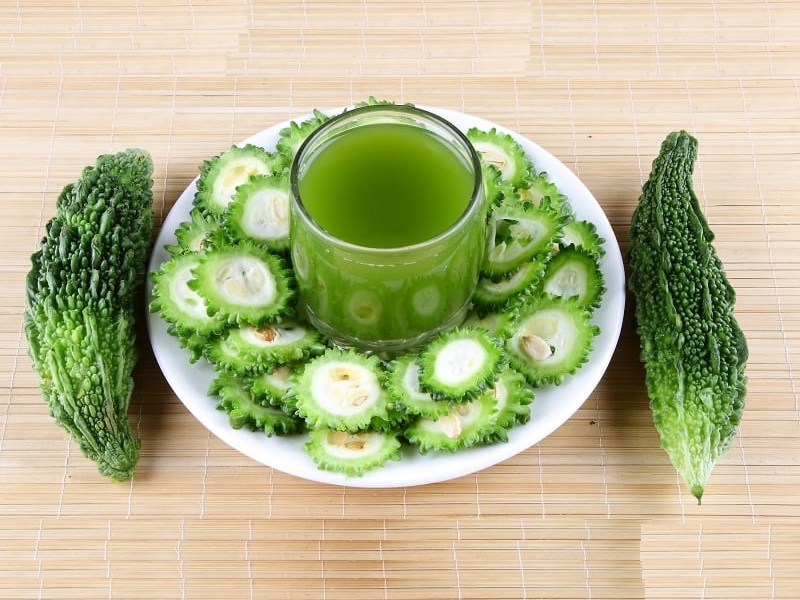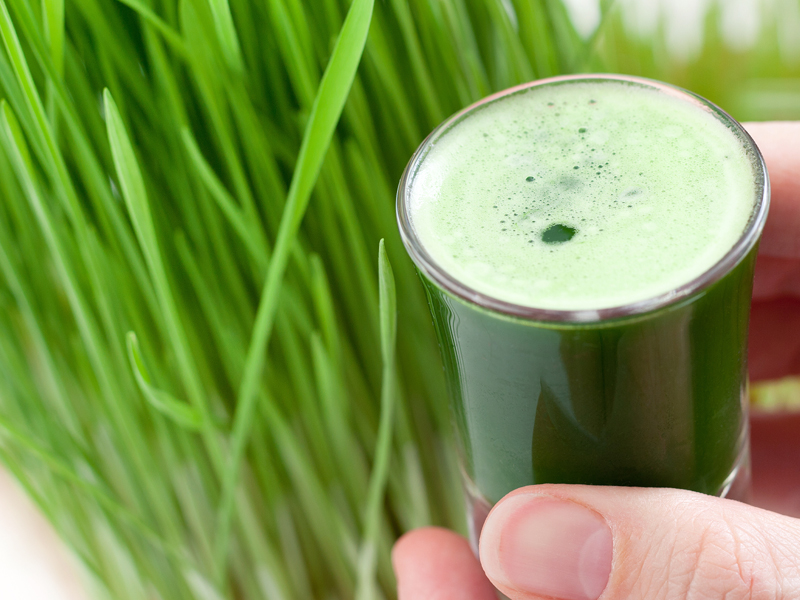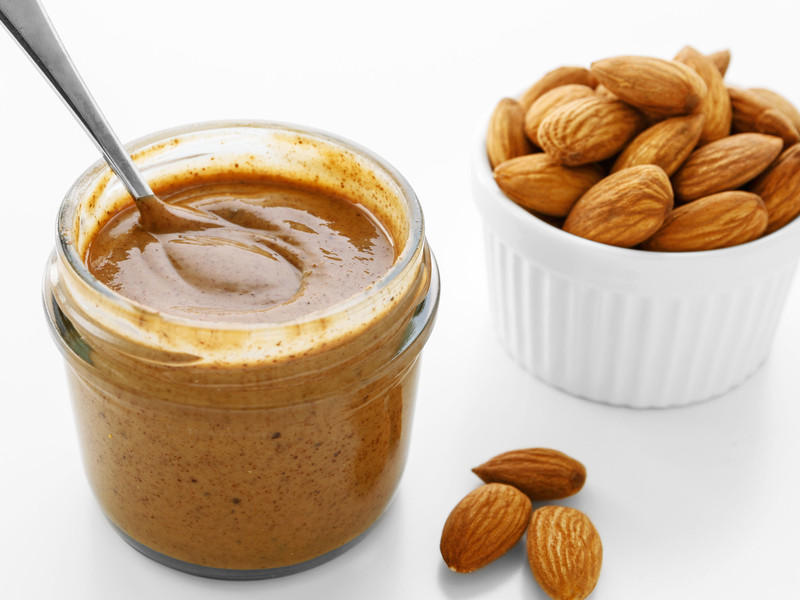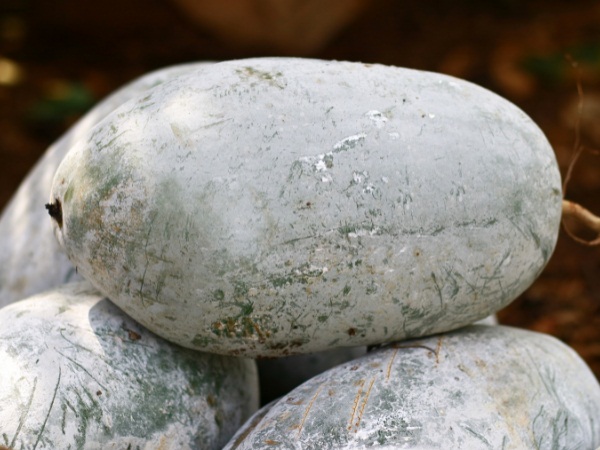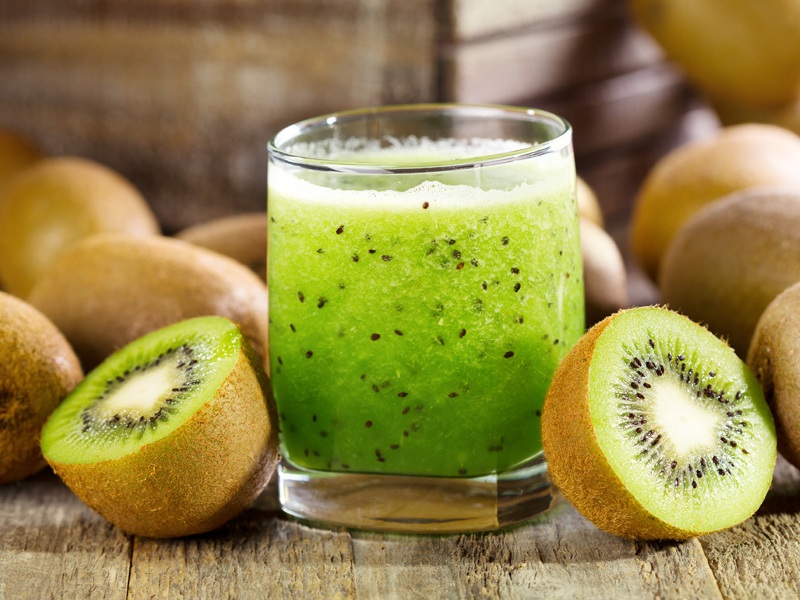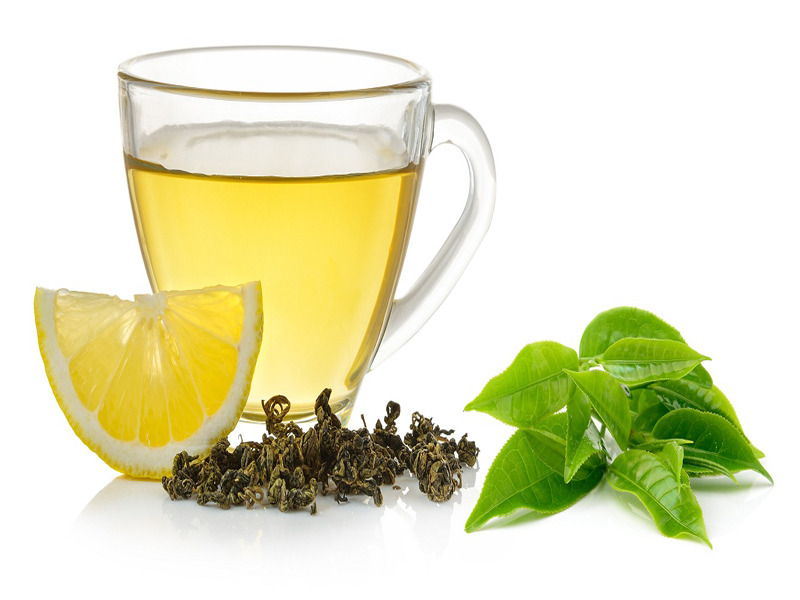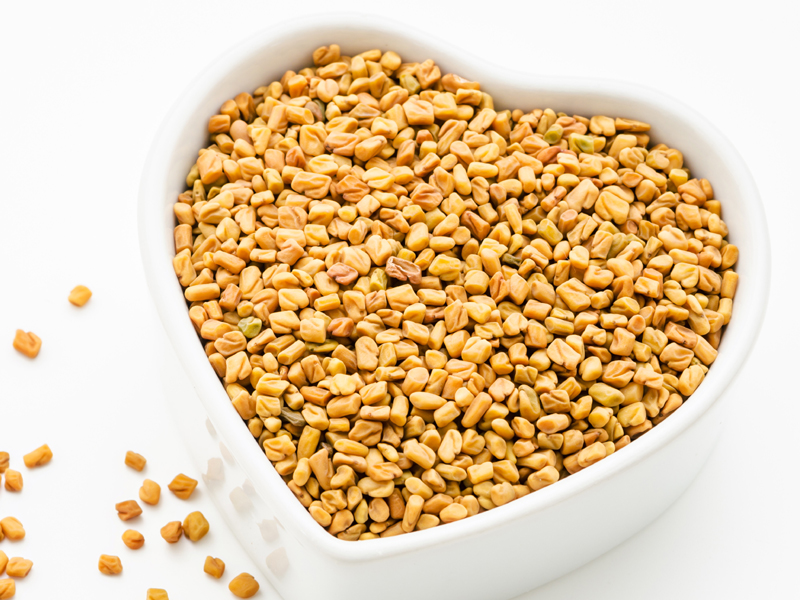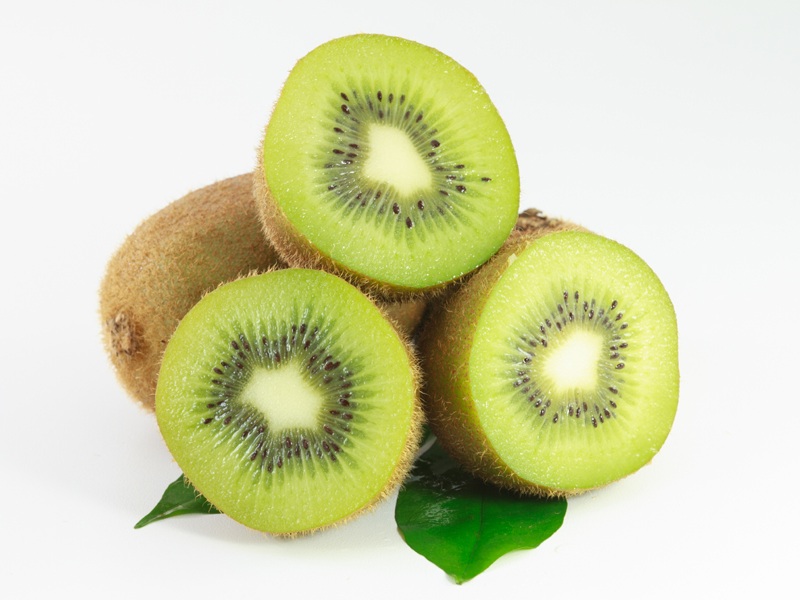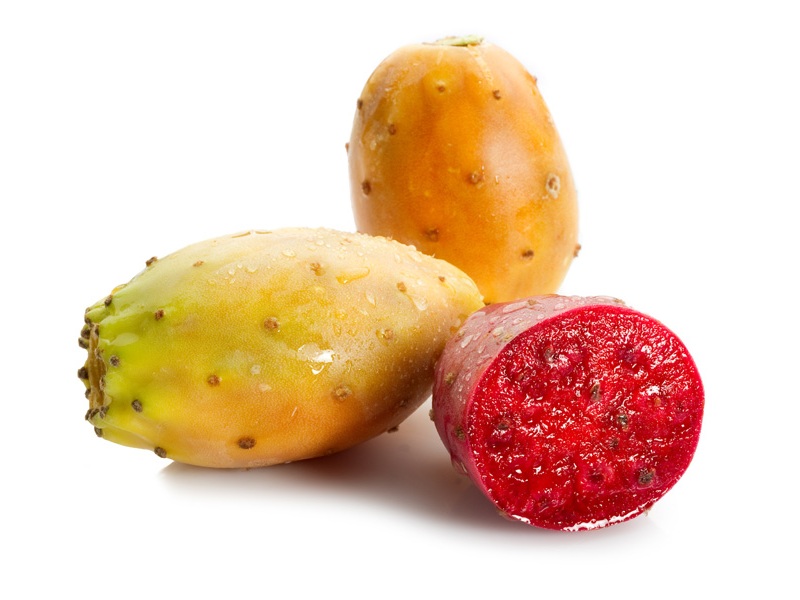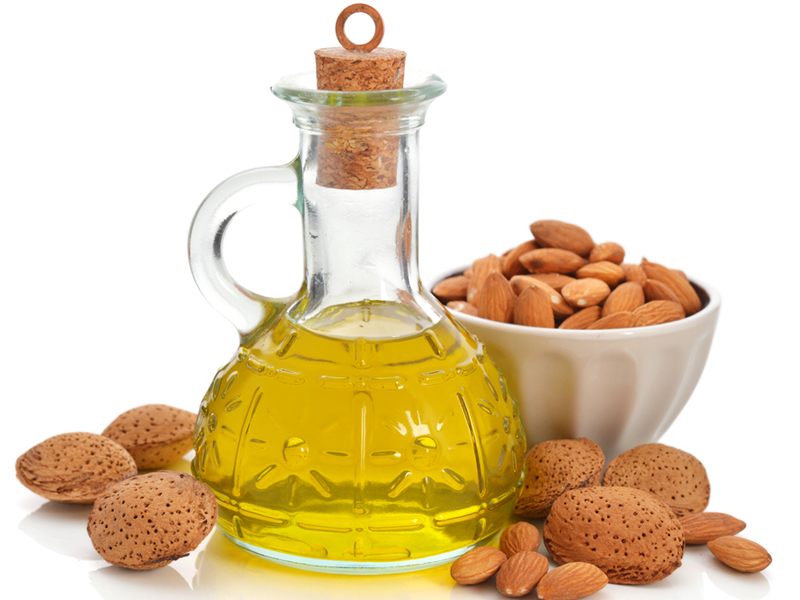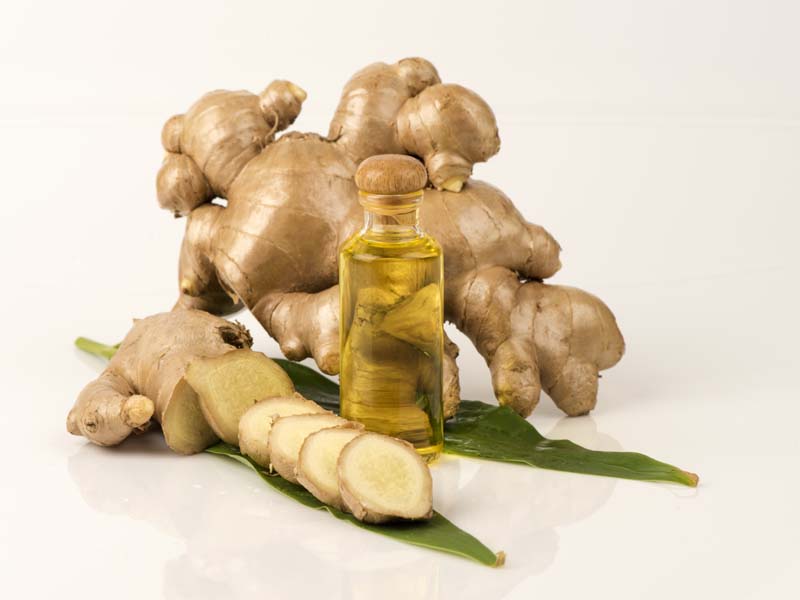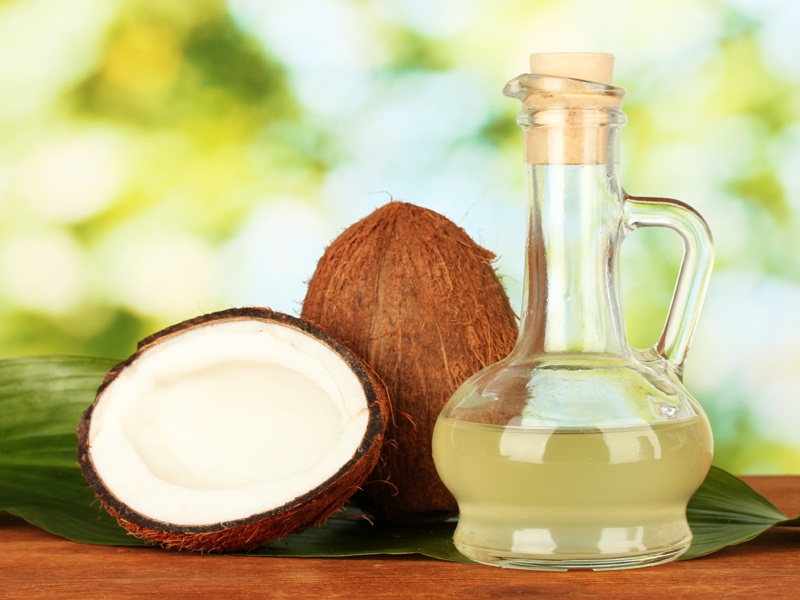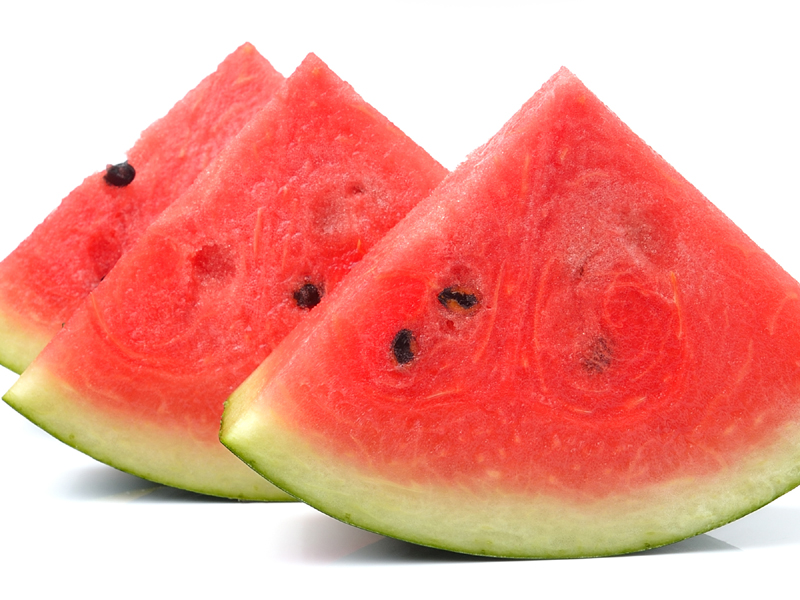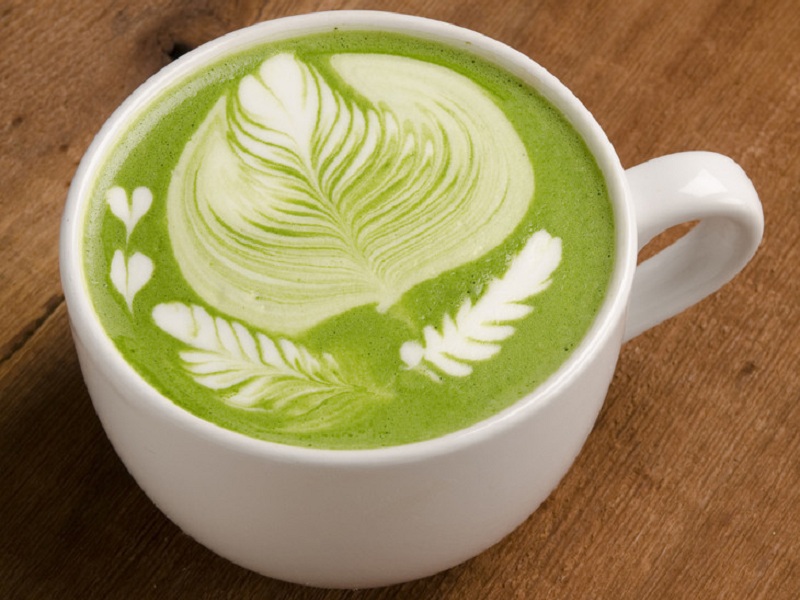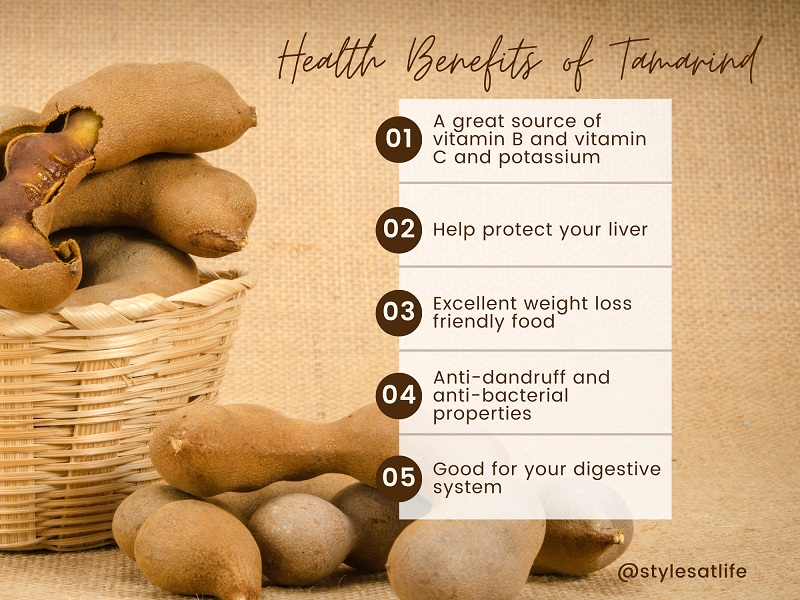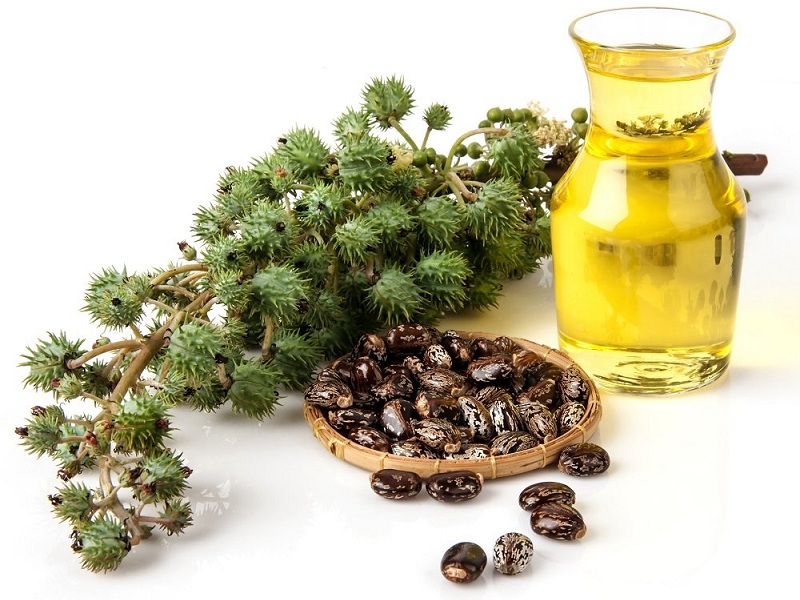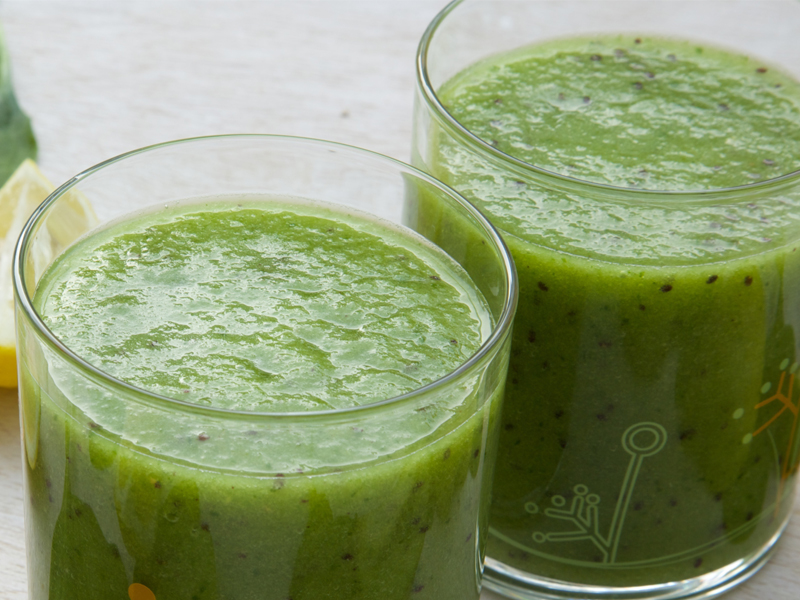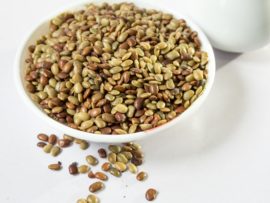Are you a resident of South Asian countries like Thailand, India, the Philippines, Malaysia, and Indonesia? In that case, Pandan leaves are a popular plant that adds flavor, fragrance to the region’s cuisine. These plants thrive in tropical climates, and their spiky leaves grow in fan-shaped bunches. Although Pandan leaves benefits and culinary properties are making them a topic of interest in western countries, Pandan is widely used in Southeast Asian cuisines.
This article gives you a glimpse into the Pandan leaves benefits and how you can add them to your diet with simple recipes. Read on!
What are Pandan Leaves?
Pandan is a tropical plant mostly known for its blade-like and long leaves, also known as screwpine, screw tree, and umbrella tree. South Asian, Thai, Sri Lankan dishes use pandan leaves as a popular ingredient. The variety of pandan leaves measures about 12 to 20 inches, either fresh or frozen.
Depending on the subtype, there are over 600 species of pandan leaves, though not all leaves are edible. The botanical name of the pandan plant is Pandanus odoratissimus, and its name in other languages are:
- Tazhai in Tamil.
- Mogheli in Telugu.
- Kedige in Gujarati.
- Kedige in Kannada.
- Kewda and Kewra in Hindi.
- Keora, Keya, and Ketaki in Bengali.
Pandan Leaves Uses:
There is a broad range of culinary uses for pandan fruit and leaves. For example, the fruit can be eaten raw or made into marmalade, while the leaves can wrap and flavor meats, boiled, or juiced. Pandan fruit paste is a staple food in a few parts of the world because it is edible and highly nutritious.
You can produce an emerald-green extract by pulverizing the pandan leaves. The deep flavor of the mixture depends upon the darker hue and maturity of the pandan leaves.
Furthermore, several sweet and savory dishes use pandan leaf powder as a flavoring. Pandan leaves have been used in Ayurvedic medicine to treat constipation, boils, and flu-like symptoms (1).
Pandan Nutrition:
The nutrition of 3.5 ounces of 100 grams of pandan paste is as follows:
- 321 calories.
- 2.2 grams of protein.
- 78 grams of carbs.
- 0 grams of fat.
- 11% of the DV of fiber.
- 32% DV of Iron.
- 10% DV of calcium.
- 9% DV of Phosphorous.
Pandan leaves also contain some antioxidants and vitamins such as:
- Vitamin C.
- Beta-carotene.
- Thiamin.
- Niacin.
- Riboflavin.
Pandan Leaves Health Benefits:
There has been a wide usage of pandan leaves in non-western traditional medicine. However, there isn’t much scientific research on the health benefits (2).
1. Help Reduce Arthritis and Joint Pain:
Joint pain and arthritis are common problems millions of people face worldwide (3). In ayurvedic medicine, Coconut oil infused with pandan leaves helps relieve arthritic aches when applied topically. The anti-inflammatory effects from the pandan leaves are the key to reducing joint pain and arthritis (4). However, more human studies are needed because research is limited to rats.
2. Effective for Headaches and Earaches:
One of the significant pandan tea benefits is that it helps relieve headaches effectively by giving your body a calming effect. In addition, the high amounts of phytochemicals present in pandan extract are said to ease earaches and headaches significantly. Therefore, Pandan leaves or paste can be an excellent alternative to chemical drugs to relieve earaches or headaches.
3. Prevent Heart Disease:
Pandan leaves are an excellent source of carotenoids- a class of antioxidants that play an essential role in the healthy maintenance of your heart. In addition, the pandan leaves benefits include reducing the risk of Atherosclerosis (Atherosclerosis is a condition that results in the narrowing of the heart’s arteries due to the buildup of plaque).
4. Beneficial for the Skin:
Another significant health benefit of pandan leaves is their effectiveness in skin health. Crushed pandan leaves are often used to treat minor burns, sunburn, and other skin problems as a topical treatment in Southeast Asia. Preliminary research shows that Pandan leaves contain tannic acids that help provide a cooling effect for minor burns. However, more research is needed (5).
5. Helps Maintain Blood Sugar Levels:
There might be better control of blood sugar after eating with the consumption of pandan. According to a study, 30 healthy adults who drank a hot drink made from Pandanus amaryllifolius recovered better from blood sugar tests than those who drank just hot water (6). However, there is a necessity for more scientific research.
6. Improves Oral Health:
Pandan leaves have a pleasant aroma that helps freshen your breath when you chew on them. These leaves are also used to stop bleeding gums in some non-western medicinal practices. However, there is a need for formal studies to prove this effect because all these oral health benefits are mainly anecdotal.
7. Helps to Boost Immunity:
The immune system plays a vital role in maintaining the health of our body significantly. Pandan leaves have essential vitamins and antioxidants such as beta-carotene and Vitamin C, preventing chronic health conditions by boosting your immune system (7).
8. Helps Reduce Your Risk of Cancer:
Pandan leaves, or screwpine leaves, have potent antioxidants that help prevent the onset of cancer by fighting off harmful toxins. In addition, the apoptotic, cytotoxic, antimitotic, and antiproliferative effects of pandan leaves and root extracts can significantly reduce cancer risk (8).
Pandan Side Effects:
Although there are minimal side effects for the consumption of pandan leaves, this is because its interaction with medications needs more research. Some of those side effects are:
- If consumed in large quantities, they might cause diarrhea because of their mildly laxative effect (9).
- Limit your intake of pandan-flavored products because pandan fruit paste has sugar in high amounts.
Best Pandan Leaves Recipes:
Here are some of the best pandan leaf recipes you can try and enjoy at the comfort of your home:
1. Pandan Steamed Rice:
Ingredients:
- Two knotted pandan leaves.
- 600 grams jasmine rice.
Preparation:
- Place the rice in a large pan and cover them with water.
- Drain the water after swooshing the rice and repeat the process until the water is clear.
- Now add cold water to the rice till the water comes to the fingertip, add pandan leaves, and season with a bit of salt.
- Boil the water in the pan and then put the stove in simmer for about 10 to 15 minutes.
- Or till the surface of the rice looks pitted or until most of the water has been absorbed.
- Cover the bowl undisturbed for 30 minutes after turning off the heat.
2. Pandan Coconut Butter Cake:
Ingredients for Pandan Extract:
- 50 to 75 grams of fresh or frozen pandan leaves.
- 100 ml of water.
Ingredients for Cake:
- Five egg whites.
- ½ cup of sugar.
- One tbsp of vinegar.
- Five egg yolks.
- ½ cup of sugar.
- Two sticks of unsalted butter.
- 250 grams of cake flour.
- ½ cup of coconut cream.
- One ¼ tbsp of baking powder.
- 1 tbsp of salt.
Preparation of Pandan Extract:
- Cut the leaves into thin strips using sharp scissors.
- Place the water and pandan leaves in a blender and pulverize them until they become puree.
- Squeeze and strain the pandan extract into a small bowl.
Preparation of cake:
- Preheat the oven to 160 Celcius.
- Take an 8″x8″ square pan, grease it, and keep it aside.
- Meringue: In low-speed whisk egg whited until they turn foamy. Whisk until the mixture turns pale with tiny bubbles after adding the vinegar. Continue whisking while adding 100 grams of sugar by increasing the speed until a stiff peak. Not set it aside.
- Egg Yolk Batter: Beat the sugar and egg yolk until the mixture turns thick and pale. Add pandan extract, coconut cream, melted butter, and beat to mix. Beating at low speed, combine the cake flor, baking powder, and salt.
- Now use a spatula to fold the meringue into the egg yolk batter in three batches.
- Now pour the batter into the greased cake pan.
- Place the pan in the preheated oven for about 1 hour 30 minutes or until the top is golden brown and the cake is cooked thoroughly.
- Once done, let the cake cool down completely, slice, and serve.
3. Buko Pandan:
Ingredients:
- Five ounces of condensed milk.
- 1 ½ cup of young strips of coconut.
- Three ounces of powdered gelatin.
- Eight ounces of all-purpose cream or table cream.
- One ¼ cup of water.
- Six drops of buko pandan flavoring.
- ½ cup of cooked sago pearls.
- Two scoops of vanilla ice cream.
Preparation:
- Place the gelatin powder and water in a bowl and combine them using a spoon.
- Now add the buko pandan flavoring to the mixture and combine them thoroughly.
- Pour in the mixture after heating the saucepan. Stir continuously while bringing the pan to a boil.
- Transfer the mixture to a mold after turning off the heat and let it cool down.
- Once cooled, the mixture’s texture should be firm. For faster results, you can place the mixture inside a refrigerator.
- Take a bowl and combine the table cream, sago pearls, young coconut, and condensed milk.
- Place the mixture in the refrigerator for a few hours to allow the texture to thicken.
- Slice the refrigerated gelatin into one-inch cubes and add the other mixture.
- You can use plates or cups to transfer the individual servings with a vanilla ice cream scoop.
4. Pandan Tea:
Ingredients:
- Eight cups of water.
- 20 pandan leaves.
- Ice.
- ½ cup of brown crystalline sugar.
Preparation:
- Boil the water in a bowl.
- Place the small sections of pandan leaves in the boiling water.
- Let it steep for five minutes.
- Now strain the water into a glass.
- Add sugar to the water and combine them.
- Refrigerate the water to let it cool.
- You can add ice before serving.
Pandan leaves have varied medicinal and culinary applications across Southeast Asia and are known for their versatility. Though more research is needed, there is much anecdotal evidence for pandan leaves benefits. In addition, the vanilla-like floral notes and distinctive color make it a perfect ingredient in many popular dishes. If you cannot find fresh leaves in your area, you can look for powder, extract, or frozen pandan leaves. Finally, don’t forget to let us know if you found this article helpful!
Disclaimer: The information provided in this article is based on pure research and not a replacement for medical advice. It is best to seek advice from a medical professional regarding your health.
FAQ:
1. Is it okay to freeze pandan leaves?
Ans: It is perfectly okay to freeze fresh pandan leaves and to get maximum taste and aroma, use these leaves within a month. Although the flavor of pandan leaves is reduced because of freezing, you can go with your taste preference.
2. Can anyone eat pandan leaves?
Ans: Many people find the milky-vanilla nutty, like the flavor of pandan leaves, appealing and have many beneficial effects. But if you are unsure or have any chronic health conditions, consult a doctor to avoid any side effects.
3. What are the portion sizes for the consumption of pandan leaves?
Ans: Since pandan has a strong flavor, one or two handheld bunches of pandan leaves will be enough. But compared to frozen or dried pandan leaves, fresh ones leave behind a much stronger scent.







